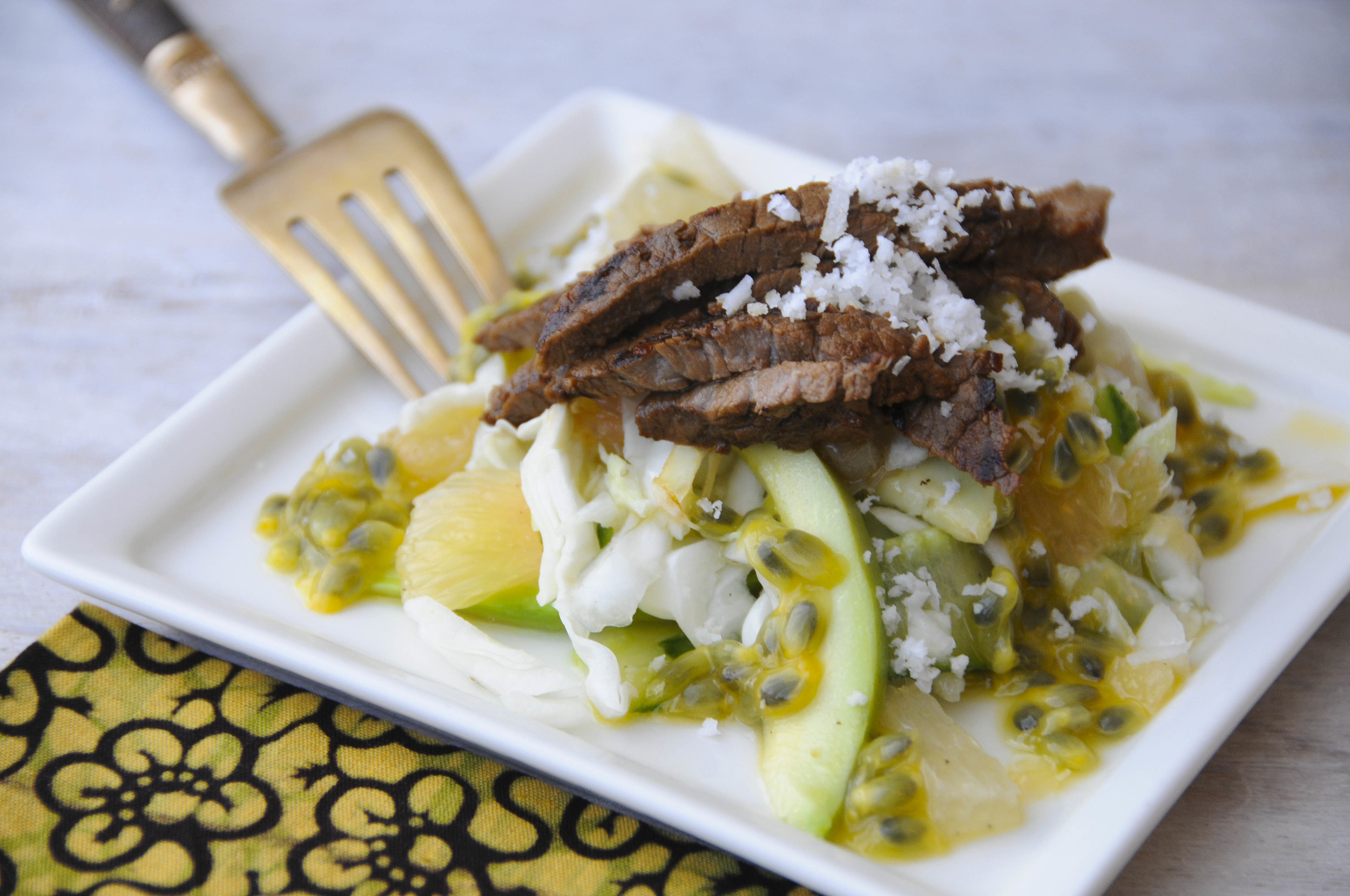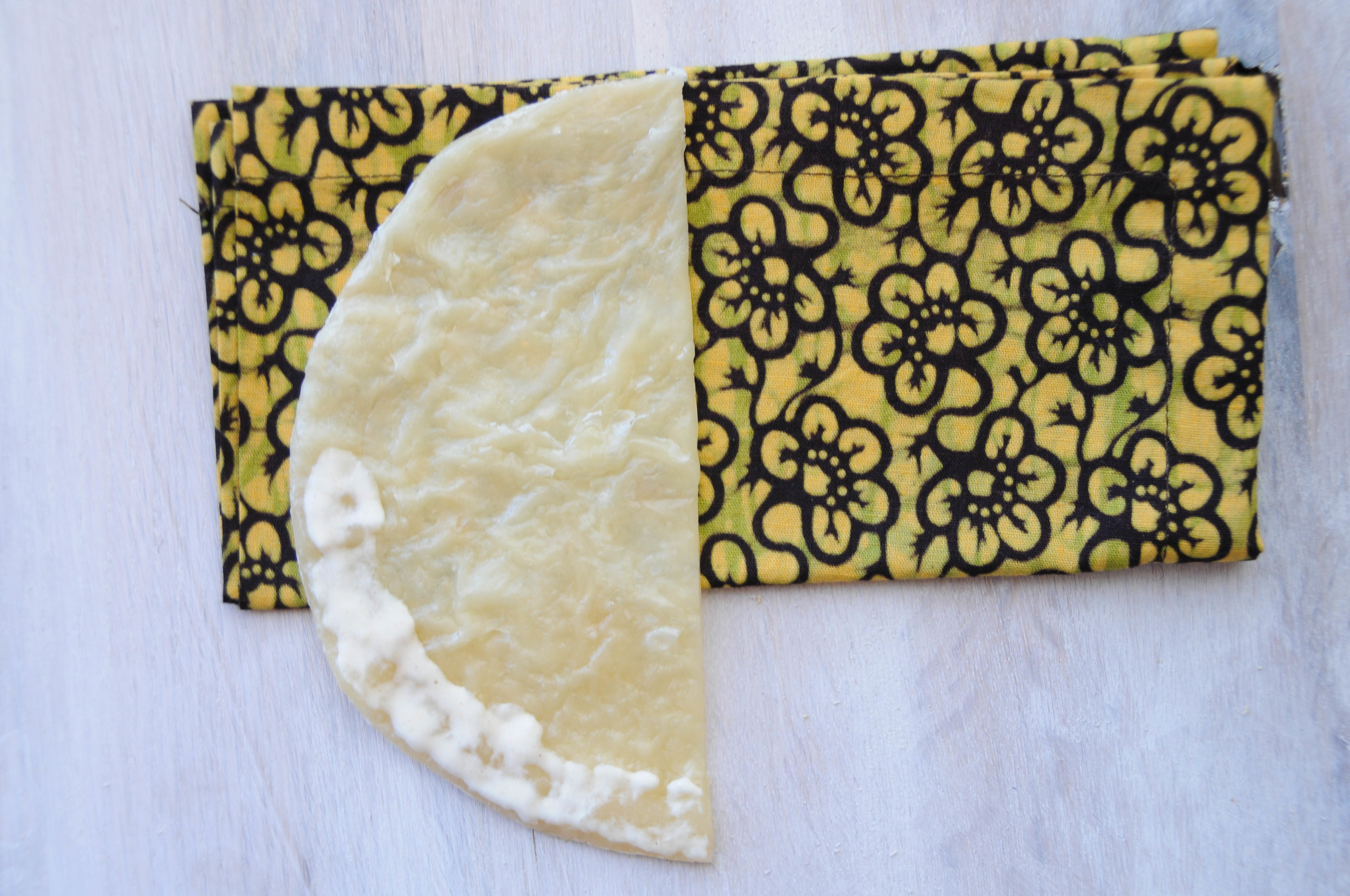Life on Zanzibar’s shores moves in rhythm with the tides. At high tide, when the sea rises to just cover the fringing reef, local sailing dhows or ngalawa, set off to fish the deeper waters beyond the reef. After they’ve set sail and the tide begins to drop, the beach extends outwards, doubling, then tripling in size to form a series of shallow pools in which a variety of marine creatures find themselves temporarily trapped. At lowest spring tide, these shallow pools formed by rock, reef, and sand, extend all the way out to the barrier of fringing reef itself. When this happens, and it is possible to walk out for hundreds of metres where there was water only hours before, coastal villagers come down to the beach to comb the rich pickings offered by the pools. Armed with nets, buckets, sacks, and hands, octopus are grabbed from beneath rocks, crabs are quickly gathered up into bags, and clams expertly prised from their rocky holds. Then, as high water begins to sneak back over the reef, progressively deepening the pools and forcing the foragers ashore, the task of trading on the morning’s pickings begins just a little further up the beach….
The local ‘fish market’ is actually just a roof of thatched palm suspended above four spindly poles. Set back slightly, amongst the towering coconut trees, a brisk trade in creatures plucked from the pools is taking place beneath. To tenderise the octopus for grilling, young boys with sticks kneel in the sand and deliver repeated thwacks before rinsing off the battered molluscs and offering them for sale. Down at the waterline, small fish are gutted and scaled before being placed in the buckets proffered by waiting customers. As the tide moves higher, and the ngalawa are able to venture back over the reef, bigger hauls of brightly coloured fish are bought on shore and hung for display on a forked branch erected in the sand. The mood is industrious, but from a distance of 100 metres away you’d have some difficulty guessing that a ‘market,’ at least as we know it, was taking place. Its timing dictated by the height of water over the reef, the market springs into action on the rising tide, and as soon as this begins once again to ebb, the whole spectacle evaporates as quickly as it came about, leaving no trace on the pristine beach. Only the single forked branch is left standing in the sand, waiting to display whatever it is that the tides will offer up tomorrow.
Naturally, Zanzibari cuisine makes the most of this daily abundance and features a number of local seafood specialities. Cooking with what is available is common in most cultures, but on Zanzibar, given its unique combination of historical influences, the result is some particularly innovative dishes and exciting flavour combinations. The following recipes are the first in a two-part ‘feast’ of dishes that I feel characterise the island – delicious spices, tropical fruit, lots of coconut, fresh seafood, and meaty curries all feature, (there’s even some octopus in Part II). I’ve been thinking of the following recipes as the ‘starters,’ and for that reason, the amounts specified will make small portions for 4 people, (except the samosa recipes, which makes around 24 samosas, because it is a lot of fuss to go through to make any smaller number than this, and because actually 6 each to start is not that many really, given just how delicious (and addictive) samosas are). Scale the recipes up, should you wish, to mains size, and mix and match between the two posts too – taken all at once, it is a lot of food – I’d understand if you wanted to space it all out bit!
Grilled Steak Salad with a Passion Fruit Dressing
Tropical fruit manages to sneak its way into a lot of Zanizbar’s ‘savoury’ dishes. Ordinarily, this kind of breach of the sweet/savoury boundaries is not the kind of thing I’m keen on. Blame lies with a memorably bad apricot chicken incident in childhood I think. But I’m a grown up now, and have increasingly come to think that most flavour combinations can work in the right place, done in the right way. After eating (and enjoying) passion fruit as a salad dressing on more than one occasion in the restaurants of Stonetown, I thought I might try it at home and see how the transition went.
The result is very fresh and vibrant salad, that presents beautifully, thanks to the lovely contrast of bright passion fruit pulp against a white plate. It is also quite good fun to serve given that people are not used to eating fruit with their steak! If you are still a bit ‘jury’s out’ on this one, perhaps try keeping the passion fruit to the sides, where it looks prettiest, and can be snuck into the rest of the salad in small doses until you’ve convinced yourself one way or the other...
Ingredients
(Serves 4 as a starter)
- 400g of minute steak
For the marinade:
- 3 tablespoons light olive oil
- 100ml soy sauce
- 3cm piece of fresh ginger – peeled and finely grated
- 1 tablespoon tomato paste
- 1 lime – juiced
- Splash of Tabasco sauce (to taste)
- Salt & freshly ground pepper
For the salad:
- ½ a small cabbage
- 1 cucumber
- 1 avocado
- ½ a pink grapefruit
- ¼ of a pomello
- Salt & freshly ground pepper
- 1 tablespoon light olive oil
- 1 lime
- 2 passion fruit
- 2 tablespoons shredded fresh coconut to garnish, (use desiccated if fresh is not available)
To make the marinade for the beef, mix all the ingredients together in an airtight container. Thoroughly coat the steaks in the mixture and then set aside overnight (or for at least 4 hours) to marinate in the fridge.
To prepare the salad, finely shred the cabbage using a large knife, and place this in a bowl. Halve the cucumber, scrape out the seeds, and cut into long strips. Place the cucumber in the bowl alongside the cabbage. Halve and peel the avocado, then slice into lengthways strips, and add to the bowl. Cut between pithy membranes of the grapefruit to remove segments of the flesh. Do the same with the pomello and add these also to the salad bowl, making sure that none of the individual chunks are so large as to be unpalatable.
Sprinkle the salad with a little salt and pepper, then drizzle over the olive oil and squeeze in the lime juice. Mix everything together, and do a quick taste test – adjust the levels of seasoning or acidity if necessary.
To cook the steaks, heat a griddle pan to high. When this is smoking, sear the beef by pressing down with a spatula so as to get some nice grill marks, then turn over and do the same on the other side. Depending on the thickness of your steak, as little as 1 minute per side may be sufficient, but cook to your taste. If you’d like it pink in the centre, one minute on a hot grill either side is long enough.
Once cooked, wrap the steaks in some aluminium foil and leave aside to rest briefly before carving into long strips. Resting the meat for a few minutes allows it to relax after the heat of the pan and more become juicy and tender.
To assemble, lay the dressed salad out on a large serving platter and top with the carved beef. Spoon the passion fruit pulp artfully over the salad, and particularly along the edges of the dish. Lastly, sprinkle the freshly grated coconut, and serve. (Fingers crossed there are no closet sweet/savoury phobes sitting at your table).
Ginger Beef Samosas
Though I’ve used the familiar name ‘samosas’ to describe these meat-filled triangles, in Zanzibar they are more likely to be called ‘sambusas,’ an amalgam of the Arabic term ‘sambousek,’ and the Indian ‘samosa’ Either way, the outcome is an entirely addictive little deep-fried parcel of spicy meat that it is almost impossible not to eat too many of.
If my experience is anything to go by, samosas seem to be a bit of a Zanzibari staple. They are available everywhere (with a special commendation to the selection at the airport departures lounge), are offered with an incredible array of fillings, and are usually accompanied by a large choice of sauces. My favourite sauce may have been the hot pili pili mbuzi, a local fluro-green concoction in a Tabasco-style bottle. Lime pickle is also delicious alongside, as is green mango chutney, (or any of the other chutneys from the last post), or, of course, the classic mint yogurt sauce that I’ve included a recipe for here. Each has its own merits, so perhaps better not to restrict your options and set up a little condiment buffet to go with your samosas.
A lot of trial (and some error too) went into arriving at the best method for making the samosa wrappers. If you are thinking, ‘why bother when you could just use pre-bought spring roll wrappers?’ well you could, but I think that this can give the feel of freezer-section heat-and-serve party snacks, as opposed to a genuinely homemade offering. (Also, where is the fun in that?). The method for making and folding the wrappers described below may seem kind of labour-intensive and counter-intuitive at first, but bear with me. I’ve seen wrappers being prepared this way before, but did not quite appreciate why you’d bother pre-frying the wrapper on one side first until I was faced with the impossibly gloopy task of trying to wrap the meat in a thinly rolled and uncooked round of pastry. The result was not elegant to say the least. Read on for a full explanation, but in brief, by cooking lightly on one side, but keeping the other side raw and sticky, you get the best of both worlds – a wrapper with enough integrity to form a neat triangular parcel, and an opposing ‘adhesive’ side to fold over to ensure that everything sticks together beautifully.
Ingredients
(Makes approximately 24 medium-sized samosas)
For the filling:
- 4 tablespoons sunflower or canola oil
- 650g mince beef
- 1 brown onion – finely grated
- 3 garlic cloves – crushed
- 3cm piece of fresh ginger – finely grated
- 1 teaspoon ground cumin
- 1 teaspoon garam masala
- 1 teaspoon of coriander seeds
- Salt & pepper
- 1 small lemon – juice only
For the wrappers:
- 500g plain flour (plus extra for dusting etc.)
- 2 eggs, separated
- 2 teaspoons salt
- 4 teaspoons of sunflower or canola oil
- 350ml warm water
- 600ml sunflower or canola oil for deep frying
For the yogurt dipping sauce:
- 250g thick set natural yogurt
- Small bunch of mint
- 1 lime – juice only
- Salt
------
Start by preparing the filling so that this can be set aside to cool while you get on with the pastry later.
Crush the coriander seeds to a powder using a mortar and pestle. Combine this with the cumin and garam masala and lightly toast in a dry pan over medium heat until the spices become fragrant – this may take only a couple of minutes. Too long on the heat and you risk burning the spices. Once sufficiently toasted, set these aside.
Next, heat the oil in a large frying pan or shallow casserole over medium heat. Fry the grated onion until it has begun to colour slightly, before adding the crushed garlic and grated ginger. Stir everything around occasionally, and keep a close eye on things to ensure that the garlic does not begin to stick and burn. When everything has begun to cook and take on a golden colour, turn up the heat to high, and add the minced beef (along with a little extra oil at this stage if the pan has become dry), breaking up the mince as you fry with a wooden spoon. Once the meat has begun to brown, add the toasted spice mixture and continue to fry until the beef is well browned and cooked through – approx. 10 minutes in total.
At this point the mixture should be quite dry and rubbly. If you still have some liquid in the pan, continue to cook until this has evaporated completely. Lastly, add some salt, and a grind of pepper to taste, before turning off the heat, and squeezing in the lemon juice. Cover the pan and set aside to cool while you prepare the dough for the wrappers.
Combine the salt and flour in a large mixing bowl. Separate the eggs, and either discard the whites, or put these aside in the fridge for another use. Then, beat the yolks together briefly with the 4 tablespoons of oil to combine. Pour the yolk mixture into the flour, and mix everything together until you have a fine crumb-like texture. Add the water in gradually, stirring all the while to combine. You may not need to use all the water, just keep adding until all the dry crumbs are incorporated and you have a smooth and well-formed dough. Wrap the dough in some cling film, and set aside to chill in the fridge for at least an hour, or until you are ready to assemble the samosas.
While the pastry is chilling, make the yogurt dipping sauce by blending the mint in a food processer with a few drops of oil until it forms a paste. Add the yogurt, and lime juice, then blend for a further few seconds until everything is well combined and you have a nice green-flecked sauce. I wouldn’t usually recommend blending yogurt for a sauce in a food processor, as it does make it quite liquid-y, but a fluid consistency works for this sauce, and given you’ve already got the mint going in the food processor, it is the most convenient way forward. Add salt and mix through. If you’d like to add a little more lime juice (and think the consistency can stand the extra fluid), feel free to do so at this point. Pour the sauce into a serving bowl, and refrigerate until you are ready to use.
When you are ready to assemble the samosas, take the dough from the fridge and dust your work surface with a covering of flour. Flatten the dough out to a height of about two inches with a rolling pin, and then, using a large knife, divide this as evenly as possible into 12 equally-sized pieces. Roll one piece into a spherical shape to quickly check its size, as a guide, each portion should be just larger than a golf ball when rolled. (Each ball will eventually become two individual samosa wrappers).
When you are confident that you have divided the dough evenly, roll each piece into a ball shape, and dust these with some flour. It’s best to work with a small number of rounds at a time, and keep the rest in the fridge so that the dough does not heat up too much and become sticky, so keep 4 balls out on the bench, and pop the remaining 8 in the fridge.
Re-dusting the surface and your rolling pin, take the first ball and roll it carefully in one direction, then swivel and rotate 90˚, rolling again, and then swivelling 90˚ and rolling again, continuing in this way until you have an evenly rolled disc shape of about the size of a side plate. Do the same thing with a second ball of dough, creating an equally sized disc shape. (This can take a bit of practice to get right!).
Now for the counterintuitive bit… First, heat a dry frying pan over medium heat. Next, using a pastry brush, lightly brush a small amount of oil over the surface of the first disc. Over the surface of the second disc, use your hand to sprinkle a light covering of flour. Now, place the oiled disc surface directly on top of the floured surface of the second disc. When the pan is sufficiently hot, carefully heat the conjoined dough discs together until they begin to round at the edges, and the edges of the bottom disc seem to lift slightly from the pan. Now flip the disc using a spatula to heat the other side. When both sides are cooked and lightly golden, remove from the pan and place back on the bench. Now, carefully peel the two discs apart, (the oil and flour should have ensured that they do not stick to one another), and slice each disc in half. What you’ll have now are 4 semi-circular samosa wrappers ready to be filled.
By cooking the discs together like this we are trying to ensure that the outer-surfaces will become dry, making the dough wrapper easy to handle, while the inner surfaces remain uncooked, and sticky enough to be helpful in sealing the samosa once the meat is inside.
To assemble the samosa, combine a small amount of flour – 3 tablespoons or so, with a little water to make a sticky paste. Place a semi-circle of dough with the uncooked sided facing up on your work top. Position this so that the flat or cut side is facing to the right (i.e. inward), and spread a small amount of sticky paste along the bottom half of the arched edge of the wrapper.
Now fold the top of the wrapper so that it extends slightly over the cut edge, bringing the bottom part of the wrapper up to meet it, and then pressing to join along the seal where you have spread the flour paste. What you should now have is a cone shape with two short ‘bunny’ ears.
Fill the cone with the beef mixture then, to seal, dab a little more flour paste on to the inside of the bunny ears. Fold the ears over to join to the opposite side of the cone and press down to seal.
Continue until you have rolled, filled and folded the rest of the samosas. Here, you have a couple of options. If you are planning on eating the samosas either immediately, or in the space of the next few hours or so, you can either continue on to deep fry, or pop them in the fridge to deep fry in a few hours time. If you’d like to eat them the following day though, it is best to give them a bit of a ‘starter-fry’ straight away. This way they will stay crisp in the fridge, and then they’ll only need a very brief deep fry the following day when you are ready to eat. After the ‘starter fry’ they can also be frozen, and then defrosted and deep fried whenever you’d like.
So, to deep fry, heat the oil in a deep, heavy-based saucepan. Note that the oil should not come more than half way up the saucepan as otherwise it risks bubbling over. Test the temperature of the oil by dropping in a square of bread or excess samosa wrapper, if the oil immediately bubbles around, and colours the bread in around 30 seconds, then the oil is the right temperature.
Deep fry the samosas in batches of three. If you want only to ‘starter fry’ remove the samosas as soon as they have become lightly golden in colour. You can now proceed to freeze these in an airtight container, or store in the fridge, and then re-fry the following day. If you are planning on serving immediately, keep frying the samosas until they are golden brown in colour. Drain on kitchen roll, and keep warm in a 60˚C oven until you have finished frying and are ready to serve alongside the yogurt dipping sauce, mango chutney, lime pickle, hot pili pili mbuzi, or whatever else you’ve managed to gather up.
Spicy Masala Fish with a Mint Yogurt Marinade
The inspiration for this recipe comes from a packet of masala mix I bought from a little stall on one of Zanzibar's spice plantations. Each of the neatly-wrapped spice packages on offer came accompanied by a small slip of paper indicating the recommended uses of the contained spice, and, often more interestingly, the uses not recommended. My favourite advice accompanied a packet of red chilli seeds. 'Zanzibar chilly [sic] is strong,' it warned, 'neither play with, nor put in your sense.' You can not argue with that for good advice. The fish masala packet simply read, 'used in frying for best flavour and better taste,' but this somewhat tautological formulation must have done its job and worked doubly on me, subliminally even perhaps, as masala was one dish I was particularly keen to try back at home.
A really fresh, meaty white fish fillet is best for this recipe, as the clean flavour of the fish should contrast against the rich and earthy spices. I used grouper because it is plentiful here in the Gulf, sold under the local name hammour. Local alternatives where you are might be monk fish, hake, cod, or snapper.
Ingredients
(Serves 4 as a starter)
- 400g white fish fillets – large fillets are best
- 4 cardamom pods
- 1 teaspoon coriander seeds
- 1 teaspoon cumin seeds
- 1 teaspoon garam masala powder
- Handful of mint leaves
- 3 tablespoons natural yogurt
- 2 tablespoons oil for cooking – i.e. sunflower or similar
- Lime wedges to serve
Check the fish filets for bones, removing any that you might find with a pair of tweezers. Cut into large chunks, and then place back in the fridge momentarily while you prepare the masala marinade.
Split open the cardamom pods at their base, and scrape out the seeds into a mortar and pestle. Grind these together with the coriander and cumin seeds until you have a fine powder. Lightly toast, along with the garam masala powder, in a dry pan over medium heat until the spices become fragrant.
Next, place the mint leaves and the yogurt in a food processor and blend until combined. Add the spices to the processor, and blitz again briefly until everything is blended.
Rub the masala marinade over the fish, and then return this to the fridge, either in a cling film covered bowl, or airtight container, to marinate for at least 2 hours.
When you are ready to cook, heat the oil in a large casserole, or frying pan, and fry the fish pieces until golden, and cooked through.
Serve with lime wedges as well as any of the items from your samosa condiment buffet. (Naturally, this minty masala tastes good with the mint yogurt dip from that recipe as well). Or, if you happened to make the tomato chutney from the previous post, and still have some to spare, try this alongside - the coconut component of the chutney really works with the spicy fish.
Stayed tuned for Part II of the Zanzibar feast (coming soon!), where they will be some spicy meat curries, a coconut octopus, as well as side dishes of sweet vanilla pumpkin, and pilau rice…
Back















